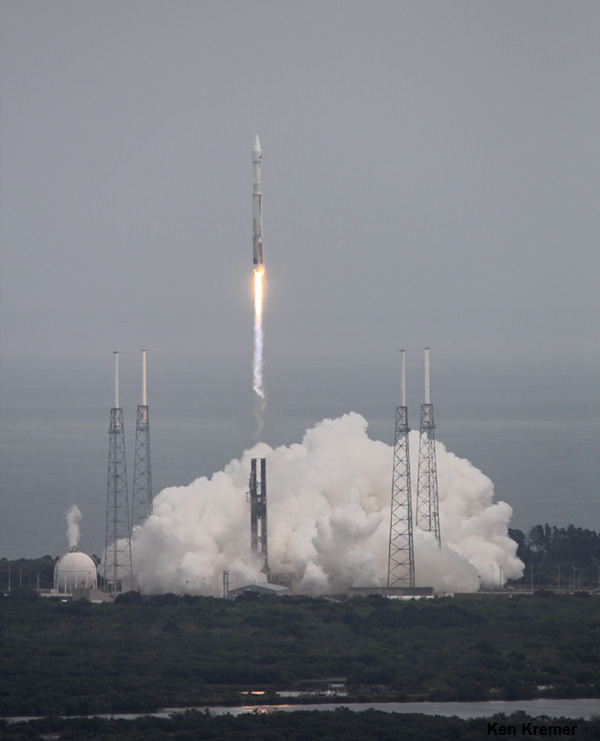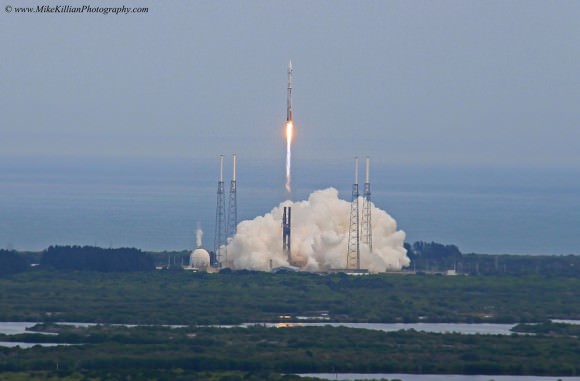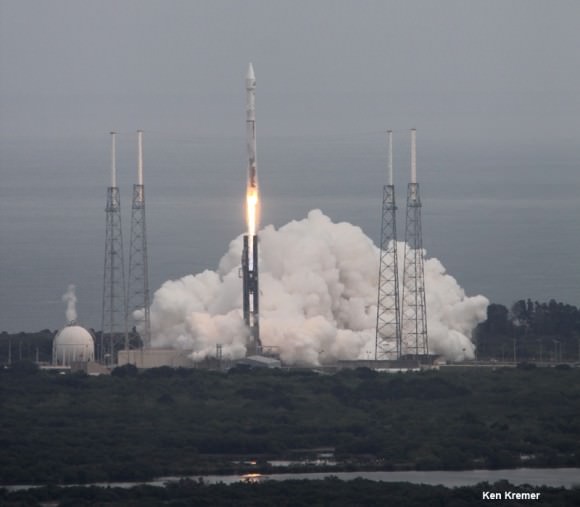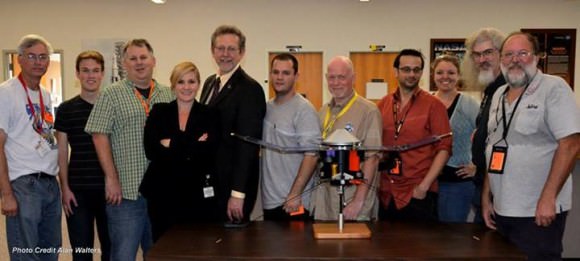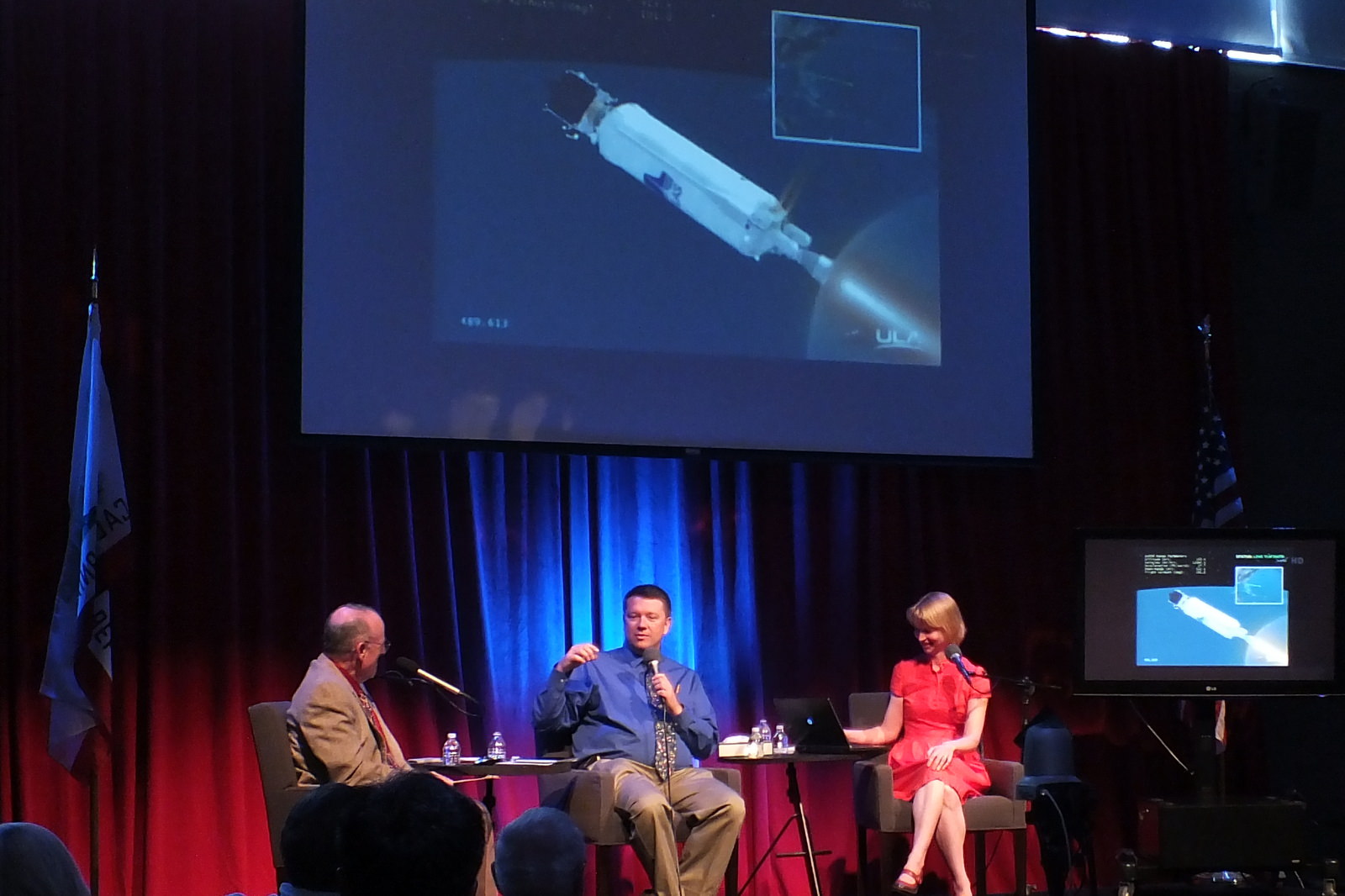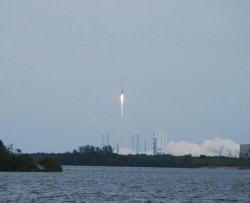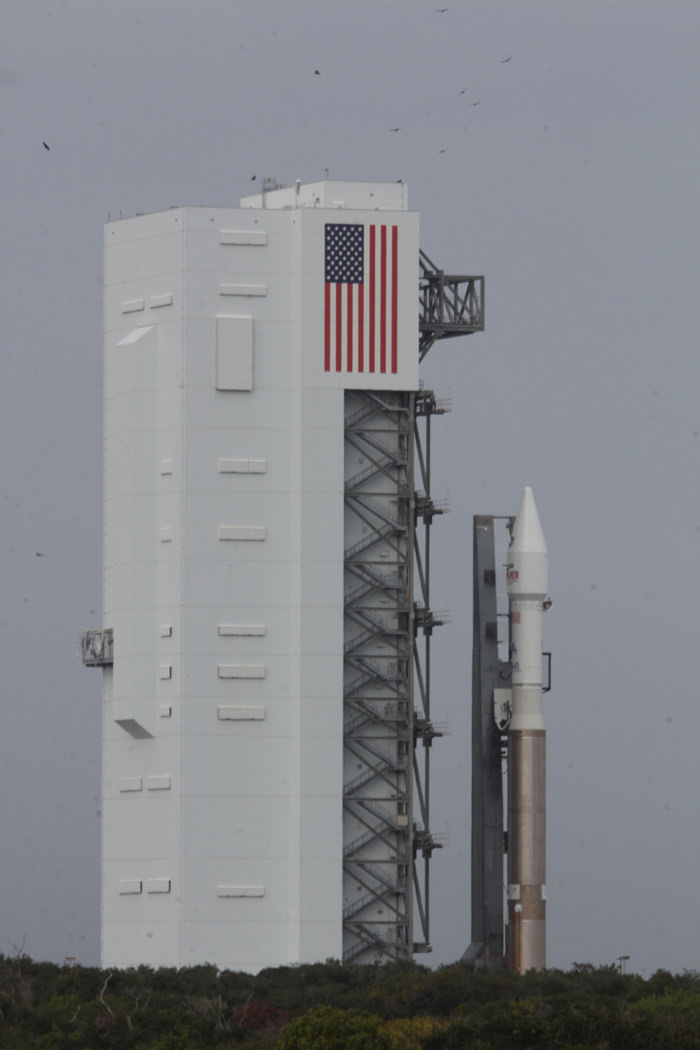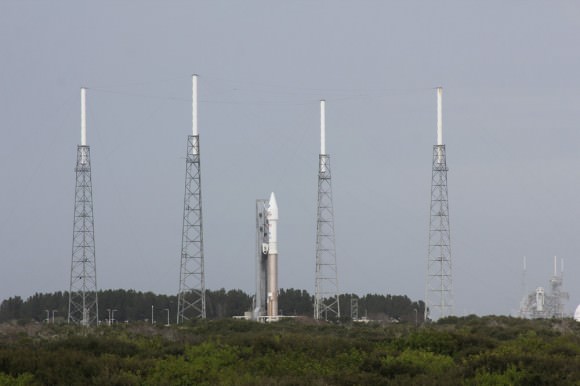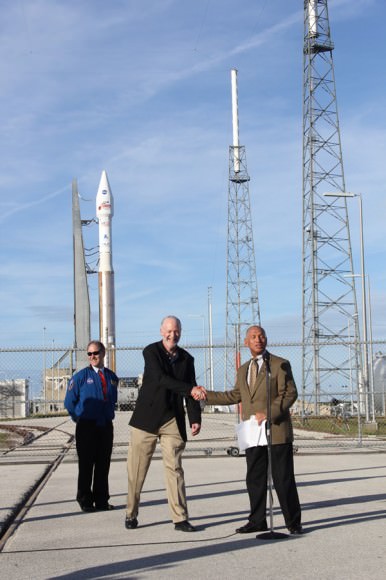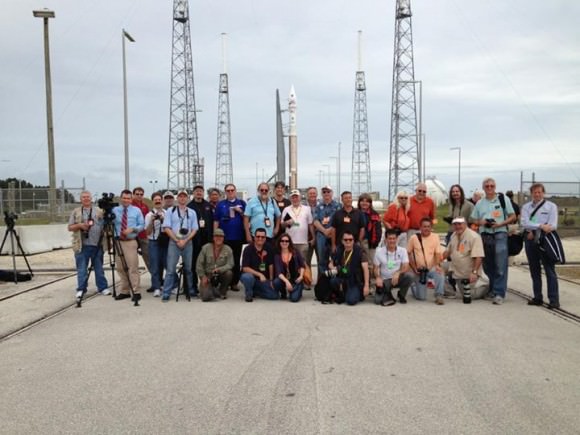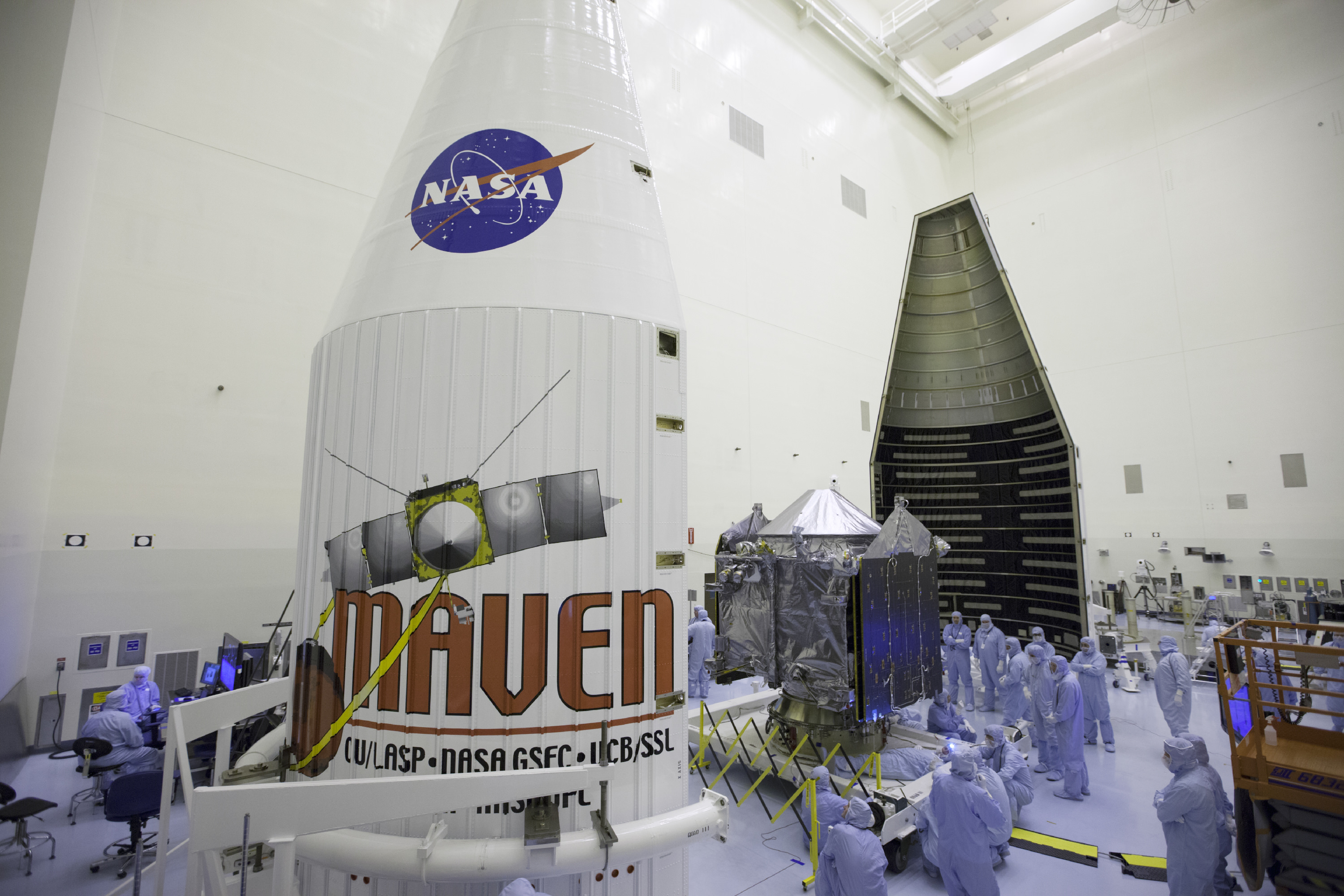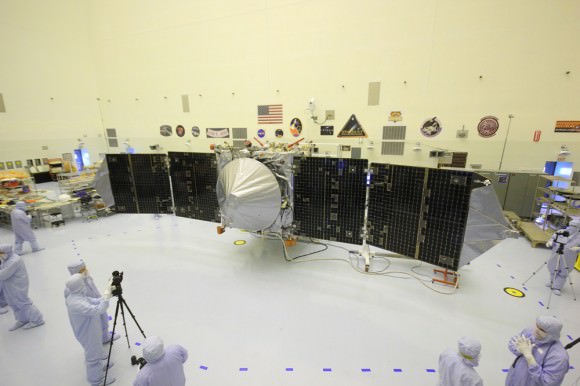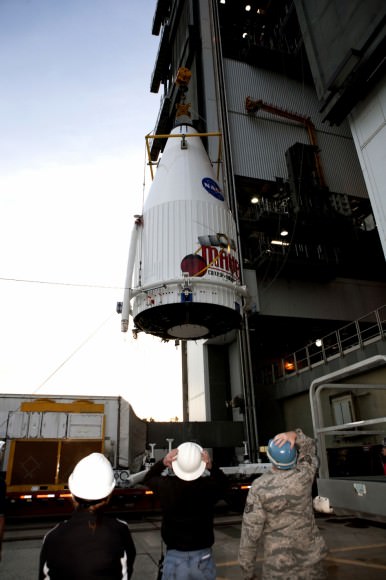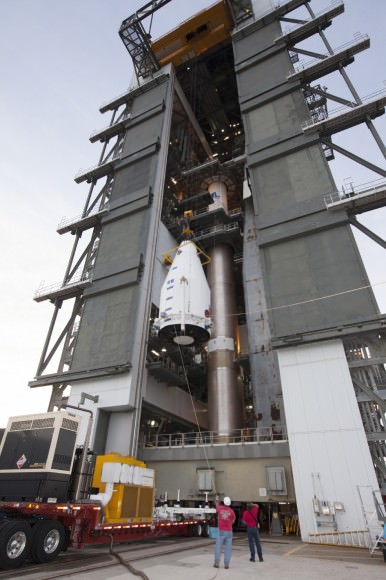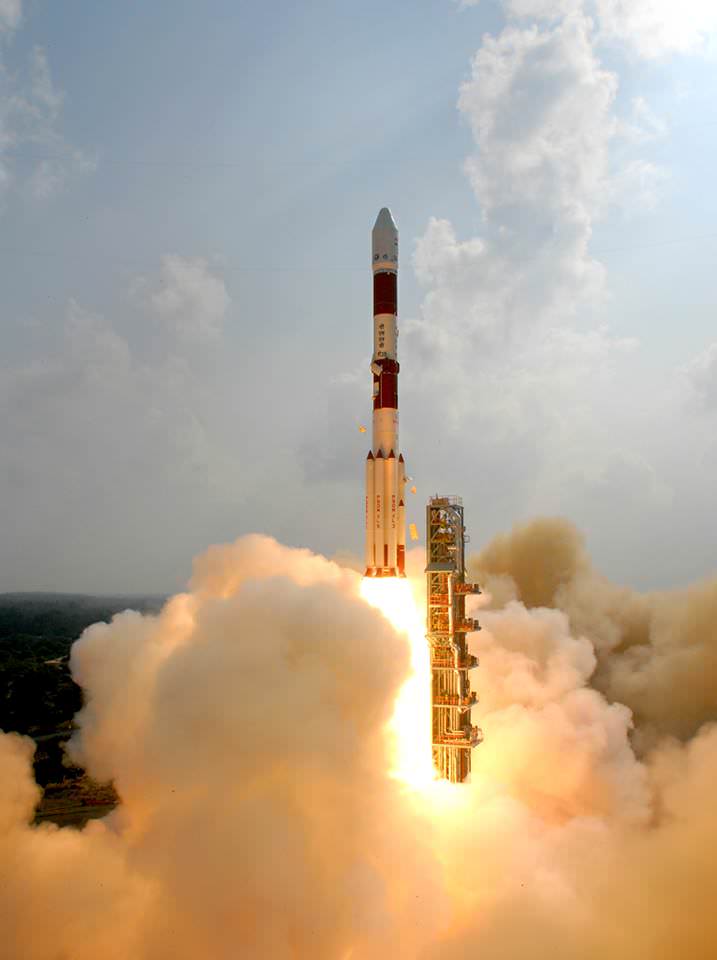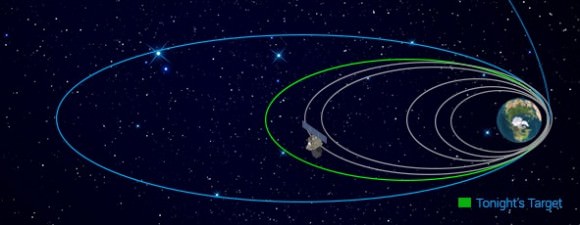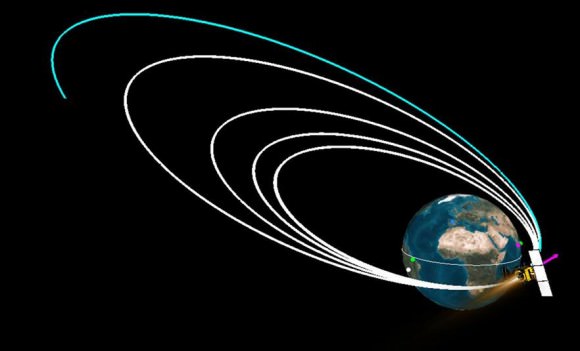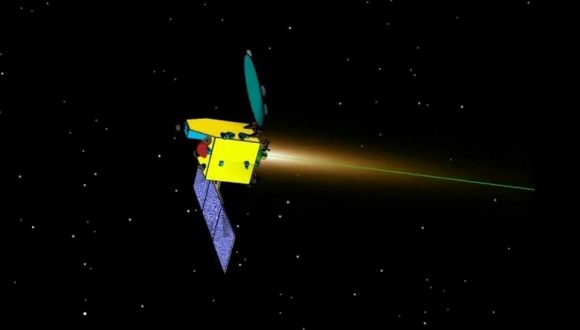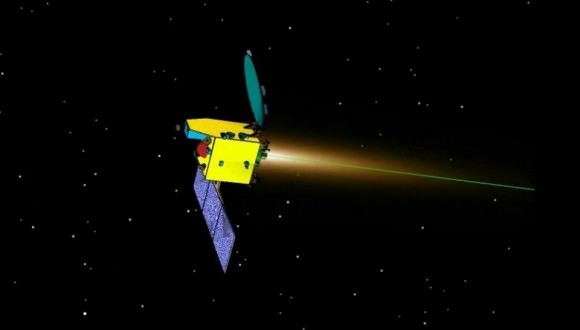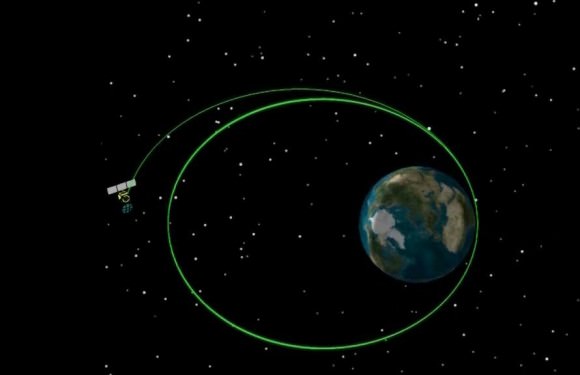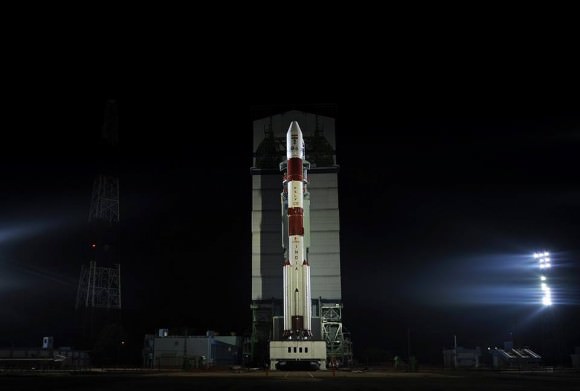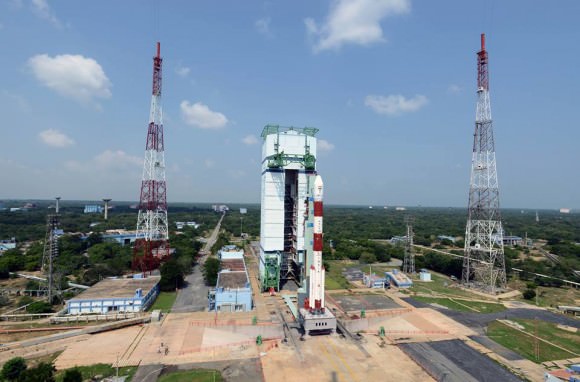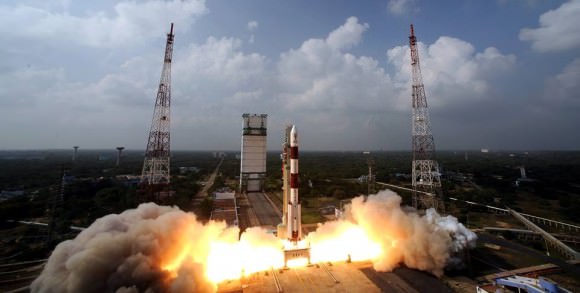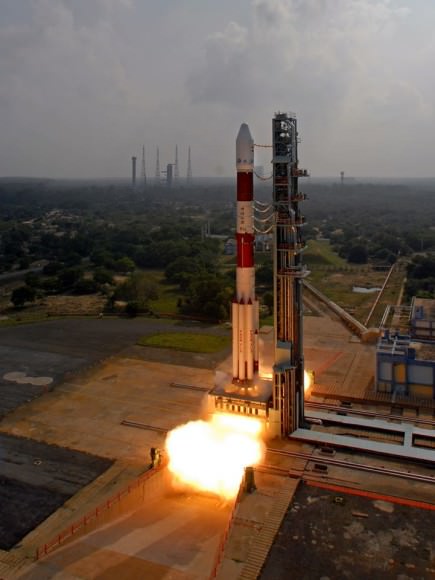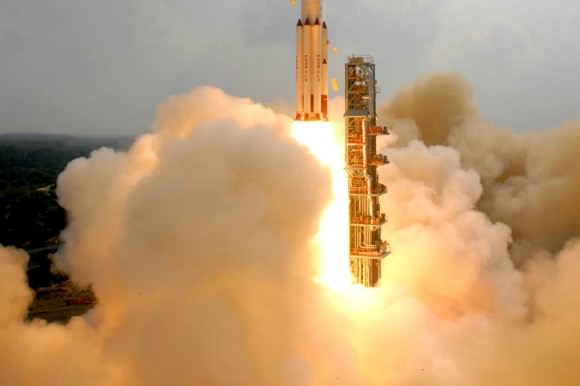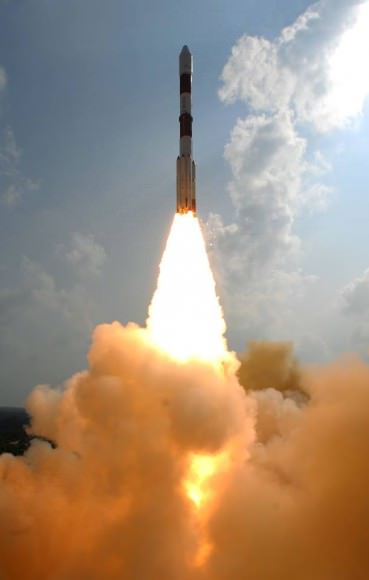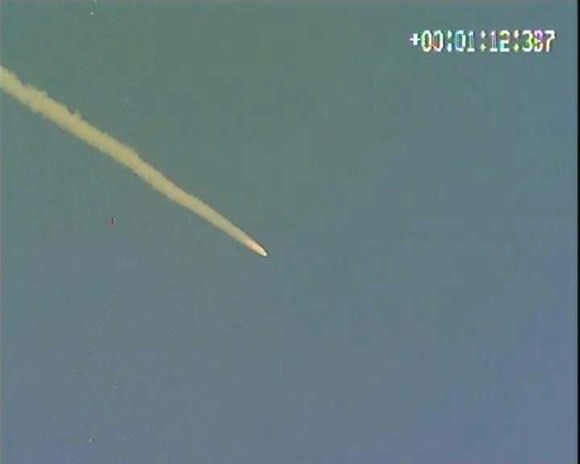CAPE CANAVERAL, FL – MOM is looking at you, kid!
And if the spectacular new image of billions of Earth’s children captured by India’s Mars Orbiter Mission (MOM) is any indication (see above), then we can expect absolutely gorgeous scenes of the Red Planet once the groundbreaking probe arrives there in September 2014.
But despite all that’s been accomplished so far, the space drama is still in its infant stages – because MOM still needs to ignite her thrusters this weekend in order to achieve escape velocity, wave good bye to Earth forever and eventually say hello to Mars!
The picture – snapped from Earth orbit – is focused on the Indian subcontinent, the probes origin.
MOM has captured the imagination of space enthusiasts worldwide.
And she’s the pride of all India – as the country’s first ever interplanetary space mission.
During testing of the MOM probes payloads – while it’s still flying in a highly elliptical orbit around our Home Planet – engineers from India’s space agency turned the crafts camera homewards to capture the “First ever image of Earth Taken by Mars Color Camera,” according to the Indian Space Research Organization (ISRO).
The beautiful image was taken on Nov. 20 at around 1350 hrs (IST) from a height of almost 70,000 km above earth and has a spatial resolution of 3.5 km, said ISRO.
The image also gives a rather good approximation of what MOM’s color camera will actually see from apoapsis after reaching the Red Planet since the probe will enter a similarly highly elliptical orbit around Mars – ranging in altitude from 366 kilometers (km) x 80,000 kilometers (km).
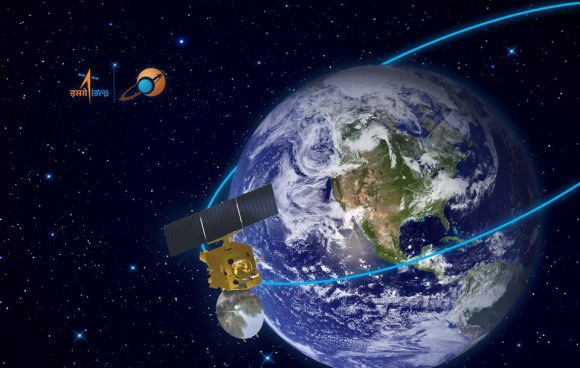
Following a 10 month interplanetary cruise, MOM is due to arrive in the vicinity of Mars on September 24, 2014 to study the Red Planets’ atmosphere.
At that time, the 440 Newton liquid fueled main engine must fire precisely as planned during the absolutely essential Mars orbital insertion burn to place the probe into orbit about Mars.
But before MOM can accomplish anything at Mars, she must first successfully fire her main engine – to complete the crucial departure from Earth and Trans Mars Insertion (TMI) scheduled for this Saturday!
MOM’s picture perfect Nov. 5 liftoff atop India’s highly reliable four stage Polar Satellite Launch Vehicle (PSLV) C25 from the ISRO’s Satish Dhawan Space Centre SHAR, Sriharikota, precisely injected the spacecraft into an initial elliptical Earth parking orbit of 247 x 23556 kilometers with an inclination of 19.2 degrees.
Since then the engine has fired 6 times to gradually raise the spacecrafts apogee.
The most recent orbit raising maneuver occurred at 01:27 hrs (IST) on Nov 16, 2013 with a burn time of 243.5 seconds increased the apogee from 118,642 km to 192,874 km.
The nail-biting final main engine burn of 1351 seconds is set for this weekend on Dec. 1. It will place MOM on a precise interplanetary trajectory to the Red Planet.
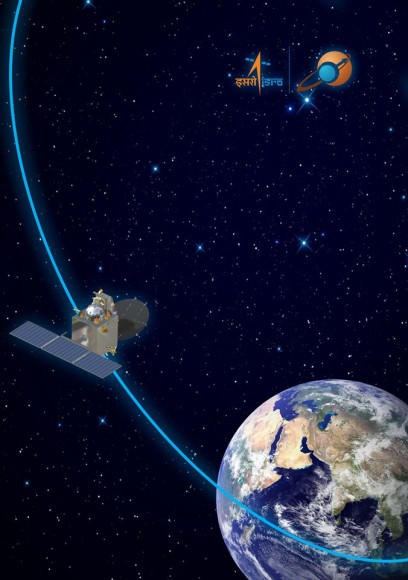
If all continues to goes well, India will join an elite club of only four who have launched probes that successfully investigated the Red Planet from orbit or the surface – following the Soviet Union, the United States and the European Space Agency (ESA).
The low cost $69 Million MOM mission is the first of two new Mars orbiter science probes from Earth that flawlessly blasted off for the Red Planet this November.
Half a world away, NASA’s $671 Million MAVEN orbiter launched as scheduled on Nov. 18 – from Cape Canaveral, Florida.
Both MAVEN and MOM’s goal is to study the Martian atmosphere, unlock the mysteries of its current atmosphere and determine how, why and when the atmosphere and liquid water was lost – and how this transformed Mars climate into its cold, desiccated state of today.
The MAVEN and MOM science teams will “work together” to unlock the secrets of Mars atmosphere and climate history, MAVEN’s top scientist Prof. Bruce Jakosky told Universe Today.
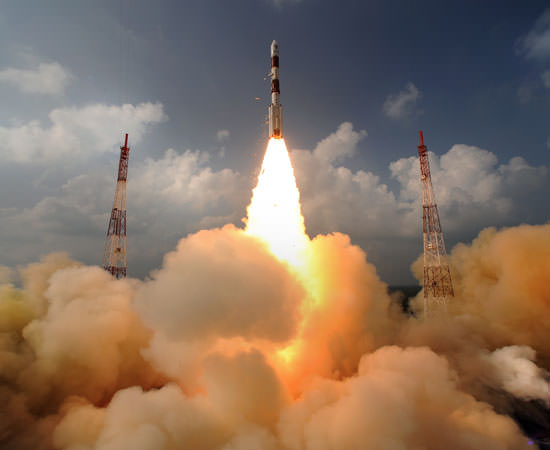
Stay tuned here for continuing MOM and MAVEN news and Ken’s MAVEN and SpaceX Falcon 9 launch reports from on site at the Kennedy Space Center press center and Cape Canaveral Air Force Station, Florida.
…………….
Learn more about MOM, MAVEN, Mars rovers, SpaceX, Orion and more at Ken’s upcoming presentations
Nov 28: “SpaceX launch, MAVEN & MOM Mars Launches and Curiosity Explores Mars, Orion and NASA’s Future”, Kennedy Space Center Quality Inn, Titusville, FL, 8 PM
Dec 11: “Curiosity, MAVEN, MOM and the Search for Life on Mars”, “LADEE & Antares ISS Launches from Virginia”, Rittenhouse Astronomical Society, Franklin Institute, Phila, PA, 8 PM




